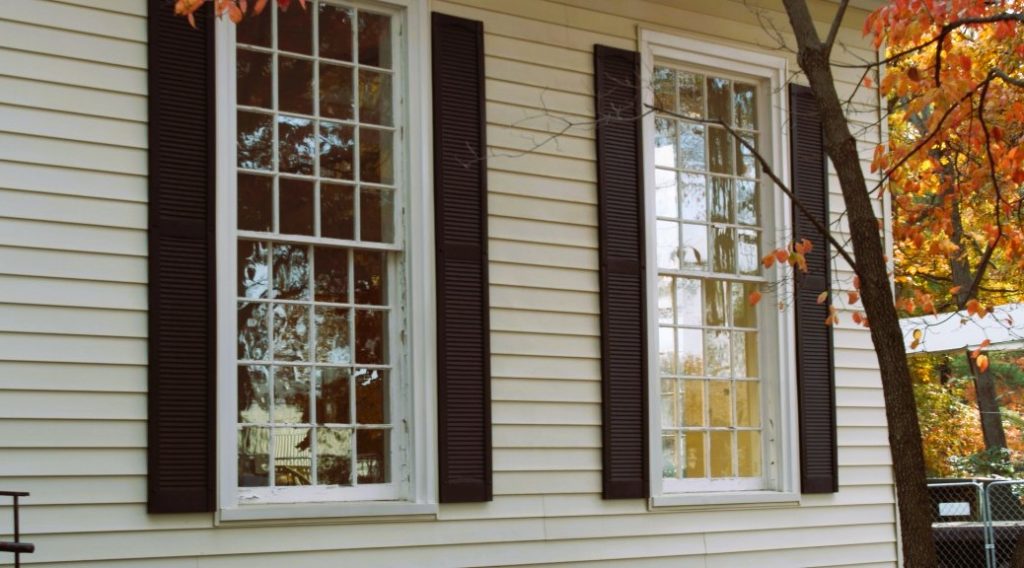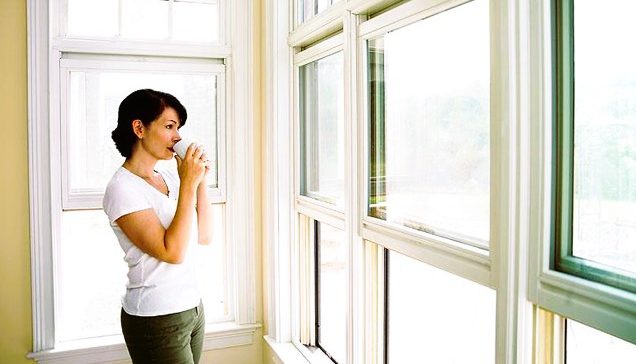In the pursuit of sustainable and environmentally friendly building practices, the choice of windows plays a crucial role. As the world becomes more conscious of the need to reduce energy consumption and minimize environmental impact, PVC windows have emerged as a popular solution. In this article, we will explore the benefits of PVC windows in relation to green building practices and how they contribute to creating sustainable homes.
- Energy Efficiency: One of the key advantages of PVC windows in green building practices is their exceptional energy efficiency. PVC, or polyvinyl chloride, is an excellent insulating material that helps to minimize heat transfer between the interior and exterior of a building. By effectively sealing off drafts and reducing heat loss or gain, PVC windows contribute to energy savings and create a more comfortable indoor environment. This increased energy efficiency not only lowers utility bills but also reduces the carbon footprint of the building.

- Thermal Performance: PVC windows offer superior thermal performance, making them an ideal choice for sustainable construction. The frames of PVC windows are designed to prevent heat transfer, ensuring that the indoor temperature remains stable regardless of external weather conditions. This thermal stability reduces the need for excessive heating or cooling, resulting in lower energy consumption and greenhouse gas emissions.
- Durability and Longevity: Sustainable building practices emphasize the use of durable and long-lasting materials to minimize waste and the need for frequent replacements. PVC windows excel in this regard, as they are highly durable and require minimal maintenance. Unlike traditional wooden windows that are prone to rot, decay, and insect damage, PVC windows are resistant to moisture, pests, and environmental elements. Their longevity ensures that resources are conserved and reduces the overall environmental impact.
- Recyclability: PVC windows are increasingly being manufactured using recycled materials, further enhancing their eco-friendliness. The recycling process for PVC is efficient, and the material can be repeatedly recycled without significant degradation in quality. This closed-loop recycling system helps to minimize waste and conserve natural resources. Additionally, when PVC windows reach the end of their lifespan, they can be recycled into new products, further reducing their environmental impact.
- Low Emission Materials: PVC windows are available in low emission variants that meet stringent environmental standards. These windows are produced using sustainable manufacturing practices that minimize the release of harmful chemicals into the environment. Low emission PVC windows contribute to healthier indoor air quality and create a safer and more sustainable living environment for occupants. Reinforcing Your Home with PVC Windows: Maximizing Security.
- Daylight Optimization: Green building practices prioritize the use of natural light to reduce the need for artificial lighting. PVC windows, with their design flexibility, allow for the incorporation of larger window openings, maximizing the entry of natural light into the building. This reduces reliance on electric lighting during the day, leading to energy savings and a healthier, more comfortable living space.
- Design Versatility: PVC windows offer a wide range of design options, allowing architects and builders to create aesthetically pleasing and environmentally conscious designs. From traditional to contemporary styles, PVC windows can be customized to suit the architectural vision of a project while still maintaining their sustainable characteristics.

When integrating PVC windows into green building practices, it is important to source products from reputable manufacturers who adhere to sustainable production methods and certifications. Additionally, proper installation and sealing techniques ensure optimal energy efficiency and performance.
In conclusion, PVC windows are a sustainable window solution that aligns with green building practices. With their energy efficiency, thermal performance, durability, recyclability, low emission materials, daylight optimization, and design versatility, PVC windows contribute to creating sustainable and environmentally friendly homes. By choosing PVC windows, builders and homeowners can make a positive impact on the environment while enjoying the benefits of energy savings and a comfortable living space.
